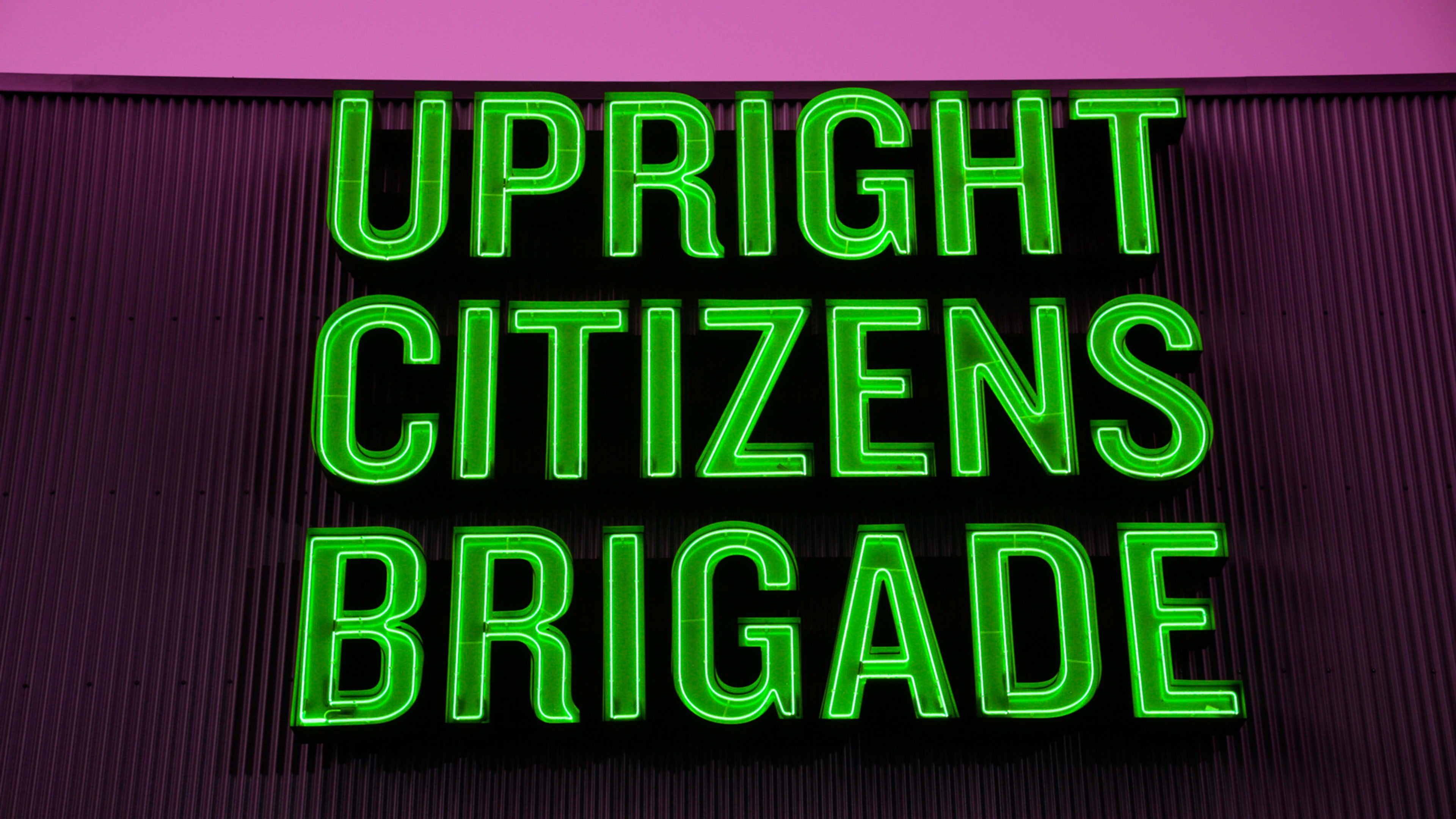The fabled improv institution Upright Citizens Brigade has had an incalculable impact on show business over the last two decades–launching the careers of Amy Poehler, Aziz Ansari, and Donald Glover, among others. It’s also made a substantial, if more modest, mark on business-business, though.
In addition to teaching aspiring comedians and actors new ways to perform, UCB also has a sideline teaching corporations to be more creative and collaborative. Chelsea Clarke–a performer, teacher, and lead corporate instructor for UCB–has trained thousands of besuited individuals an improv-based approach to brainstorming, soft skills, and leading a team. As part of Fast Company’s Innovation Festival, Clarke led a flock of attendees through a series of exercises with names like Mindmeld and Zip Zap Zop, along with some actual scene work. In between, she illustrated how these exercises translated into useful ideas for positive leadership.
Here are five lessons from improv that would benefit any business.
1. Forget Your Expectations
You’re always rolling with new information on an improv stage. It’s the same in any creative conversation with someone from your team.
Whatever you are planning to say or do or decide might not be as interesting or as beneficial as another option that’s introduced. Are you able to separate yourself from the outcome you’d hoped for? Divorcing yourself from always being absolutely confident about what’s going to happen is a big part of improv, but it’s also a big part of fostering a team.
2. Listen Closely–Through the Very Last Word
In improv, there’s a tendency to start formulating the next thing you’re going to say while the other person onstage is still talking. The worry is that if you just listen until the very last word, you won’t have the perfect thing to say.
But it turns out that putting your full attention into hearing the other person actually makes it more likely that you’ll have a better thing to say when they are done. Preparation is key here, if you have all the information in your head, you’ll be confident enough that you don’t need to formulate an answer while the other person is talking.
3. Start from a Place of “What’s Great About This Idea?”
“Yes, and,” one of the core principles of improvisation, is also an important part of being in a creative conversation. Let your first impulse toward someone’s idea be, “What’s great about that idea?” or “What can we use from that idea?” rather than “What’s bad about that idea?”
Not that every idea is great, but in improv the performers just say “yes” to every idea: They play around with it, even if they don’t use it. What they’re really trying to do is get the benefit of another person, who has a whole different brain chemistry. “Things that sound good to me might sound bad to her, and vice versa,” says Clarke. “Something that sounds not funny, once you ‘yes, and’ it, might turn out to be funny after all.” Your instant judgment could be blocking you from seeing it. A lot of times you can get to really interesting conversations and innovative ideas when you take a second to “yes, and” something. Also, if you’re always negative or putting the breaks on something, it affects the ideas that people bring you. They won’t come to you with ideas unless they’re already perfect and with sterling examples. You want to instead foster an environment where people feel comfortable brainstorming. Having that as your attitude just makes it easier to work with each other.
4. Stay Locked In
It’s fun to make connections in your brain and come up with something quickly. But even when you have a brain fart, and it seems like you have nothing to say to respond, you have to be there to support your team. It feels bad when someone checks out.
Similarly, when someone messes up in a meeting or presentation, it’s a bad feeling to look up and see that you’ve lost people in the room. If you’re the leader in that room, you have to think, “Well, in keeping track of the big picture, I’m willing to roll with a couple of mistakes, and throw my support behind this person.”
5. Positivity Greases the Communication Wheels
It’s important to let the other person hear positive language when they’re experiencing a speed bump, like “I can’t see past that this is so expensive”–but try not to avoid or sidestep. Saying something like “That’s not a problem, you’re crazy,” even if it’s true, it makes the other person want to rephrase what they’ve just said, instead of listening to your solution.
If your team’s great idea doesn’t seem to be a natural fit for another team or a client, don’t avoid the problem; get excited to talk about what the concerns are because you’re so into what the solution is. Even if you admit that, say, the price is large but here are the things we think are a great tradeoff for that–instead of saying “It’s not too expensive,” explain what the price is a tradeoff for. Being upfront about these kinds of things, and using them as an opportunity to introduce other information makes for a more positive exchange. You listen for the subtext of what someone is saying and let that information inform your response.
It works onstage, too.
Recognize your brand’s excellence by applying to this year’s Brands That Matter Awards before the early-rate deadline, May 3.
